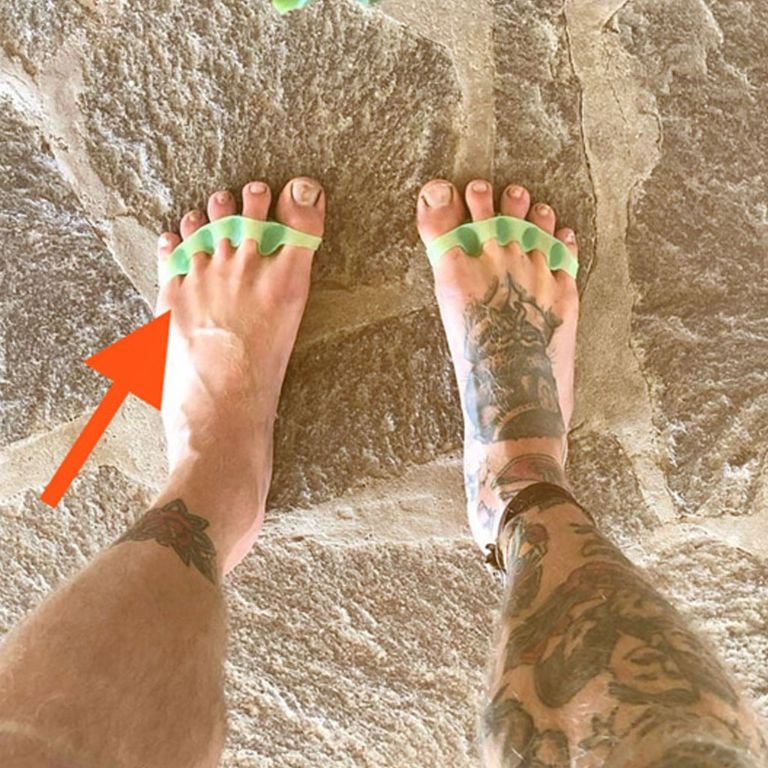Hallux valgus (HV) or what most people consider as bunion, “…is characterised by the hypermobility and [collapsing] of the first metatarsal ray, which eventually lead to subluxation and pain of the first [big toe knuckle].”1
More than appearance, HV can cause a multitude of pain around the toe itself, the foot, or even the ankle. Some lucky ones have no pain at all. We can’t really tell if they’re asymptomatic or it’s a wait-and-see kind of circumstance. That patient came to me with no pain at all. She only occasionally has tightness of her calf muscle. Unfortunately, not everyone is as lucky – most of my patients with foot pain present with some version of hallux valgus and is usually coupled with other postural “malalignments” of the other parts of the foot, and sometimes, also the knee and hip. Most of the time, this is due to ill-fitting shoes. (But let’s not get into that conversation now – feel free to look back at the article about barefoot shoes.)
Given that 23 percent of adults are affected with this deformity1, of course someone came up with a solution: toe spacers. Toe spacers passively stretch out the webspace of our feet towards an anatomical foot splay, which is what happens when we put weight on our feet. The same systematic review1 found that this orthosis is helpful for individuals with “moderate”* HV and was successfully able to reduce foot pain. However, the same study1 also found that arch support (another type of orthosis) also decreased foot pain. Although I’m not a biggest fan of arch supports, it seems that the rationale is to decrease pressure on the first toe and first toe knuckle. I do believe, however, that these orthosis should not be relied on forever – as most people would tend to do.
This brings me to the next study2 that discussed the effects of 3 months of mobilization and exercises (with toe separators on). This wouldn’t be this blog if active effort on our part weren’t included in the process, would it?
If you scroll back to the definition of HV, the issue at hand is hypermobility. Therefore, 1) mobility on other portions need to be addressed, and 2) strength and stability need to be restored to work towards balance within the whole foot complex. I need to plug in again that footwear will always be a factor – but again, that’s another conversation…
Circling back to the study2, individuals who did the exercises with the toe separators for three months showed to have improvements in terms of pain, functionality, and alignment even one year after the experiment.
A colleague of mine showed a toe separator five years ago. I am grateful to him because that is what opened my eyes and mind to how much our feet affect many aspects of our body. It has been a game changer personally in how I treat my patients.
Disclaimer: Information from this blog is not intended to be as a resource used for self-help or self-diagnosis. The information posted should be regarded as general information based on what Isabel Sison deems as reliable. She does not endorse this information as a substitute to formal medical consultation and treatment. Any change in the information is possible without prior notice.
References
1 Kwan, M. Y., Yick, K. L., Yip, J., & Tse, C. Y. (2021). Hallux valgus orthosis characteristics and effectiveness: A systematic review with meta-analysis. BMJ open, 11(8), e047273. https://doi.org/10.1136/bmjopen-2020-047273
2 Abdalbary S. A. (2018). Foot mobilization and exercise program combined with toe separator improves outcomes in women with moderate hallux valgus at 1-year follow-up a randomized clinical trial. Journal of the American Podiatric Medical Association, 108(6), 478–486. https://doi.org/10.7547/17-026







.png)

